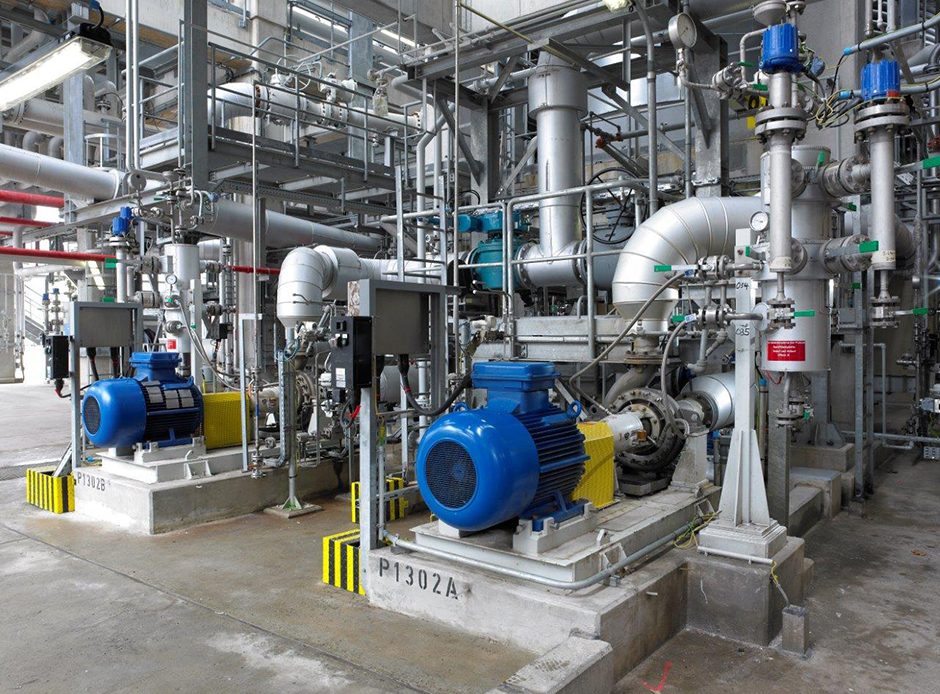
Predictive maintenance(PdM) has become a cornerstone for modern industries. After all, it has played a critical role in revolutionizing fault detection at early stages and significantly reducing production halts. This proactive approach leverages advanced predictive analytics and failure patterns, empowering maintenance professionals to pinpoint potential problems before they escalate.
The integration of an effective, all-encompassing maintenance program is crucial for the efficiency of manufacturing. It directly contributes to increased productivity, improved quality, enhanced safety, and heightened reliability. Moreover, a top-notch predictive maintenance program ensures that all production equipment operates at full capacity, leading to reduced equipment downtime, minimized maintenance work, and a leaner spare parts inventory.
So, let’s find out in detail about predictive maintenance’s role in reducing machine failures.
How Predictive Maintenance Beats Machine Failures?
Even the most seasoned maintenance professionals can only make educated guesses about the lifespan of their assets and equipment. Predictive maintenance, however, brings a level of certainty to the table. This is how predictive maintenance helps reduce machine failures:
Early Issue Detection: Predictive Maintenance is a proactive approach that utilizes various technologies to monitor and analyze key machine parameters, such as vibration, temperature, oil quality, and power consumption. So by continuously monitoring these parameters, PdM can detect subtle changes that may indicate the onset of a problem. These small changes, often imperceptible to the human eye, can be early warning signs of potential issues.
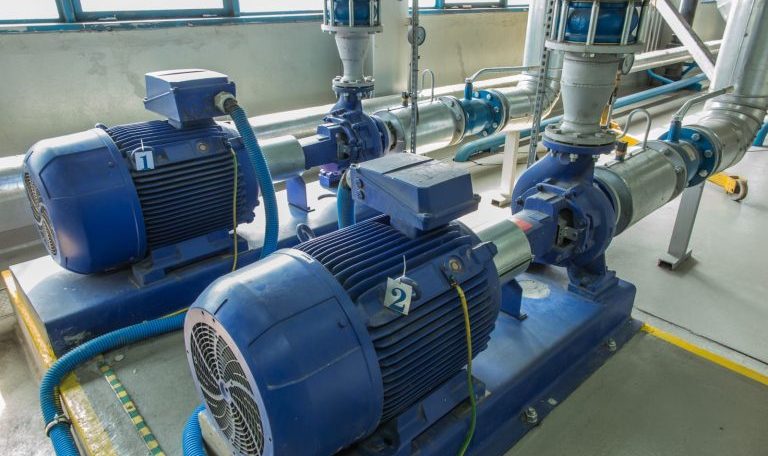
Proactive Maintenance Planning: With early warnings from PdM, maintenance can be strategically planned to prevent minor issues from becoming major problems. This proactive approach allows for the timely replacement of worn parts and ensures that machines are operating at peak efficiency. By scheduling maintenance based on actual machine condition rather than a fixed schedule, resources are used more effectively, and the risk of unexpected breakdowns is reduced.
Minimized Downtime: One of the primary benefits of PdM is its ability to prevent unexpected equipment failures that can disrupt production. By identifying and addressing issues early, PdM helps maintain a smooth and uninterrupted workflow, thereby increasing production uptime and overall operational efficiency.
Extended Machine Lifespan: Predictive maintenance plays a crucial role in prolonging the life of machinery. By identifying and addressing minor issues before they escalate into significant problems, PdM reduces wear and tear on machines. This proactive approach not only helps in maintaining the optimal performance of the machinery but also extends their overall lifespan. As a result, businesses can maximize their return on investment by delaying the need for expensive replacements and ensuring that their machinery remains operational for a longer period.
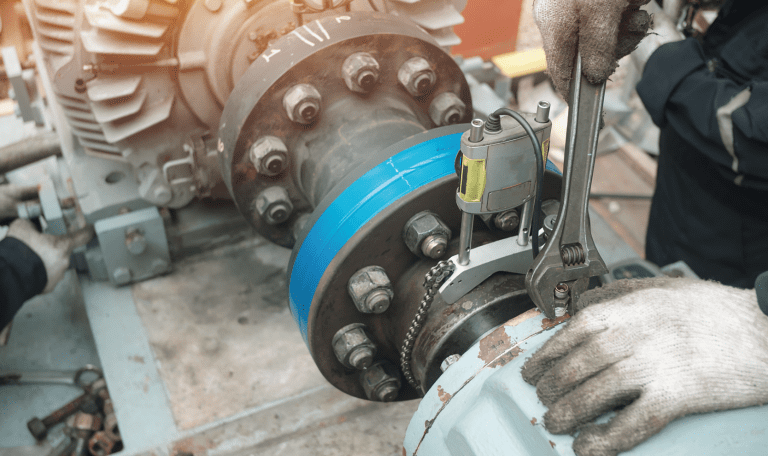
Cost Savings: While it might appear that predictive maintenance involves additional upfront costs, such as the investment in sensors and data analysis tools, these expenses are often offset by the long-term savings. By preventing costly repairs, part replacements, and production downtime, predictive maintenance contributes to substantial cost savings. The ability to anticipate and rectify potential issues before they turn into major failures can lead to significant reductions in maintenance and operational costs, making predictive maintenance a financially prudent strategy for businesses.
Technologies That Are Used For Predictive Maintenance
- Sensors: These devices play a pivotal role in predictive maintenance by being attached to equipment to continuously gather data on critical metrics such as vibration, temperature, and pressure. By monitoring these parameters, sensors can provide real-time insights into the condition of the machinery, enabling early detection of potential issues.
- Machine Learning (ML): ML algorithms are a cornerstone of predictive maintenance, used to analyze the sensor data in depth. These algorithms can identify patterns and anomalies in the data that may indicate impending equipment failures. By learning from historical data, ML algorithms can improve their accuracy over time, making predictions more reliable.
- Data Analytics: This component involves the use of advanced tools to analyze the large volumes of data collected by sensors. Data analytics enables maintenance teams to sift through the data and extract actionable insights. These insights can inform timely intervention, allowing teams to address issues before they escalate into major failures, thus preventing unplanned downtime.
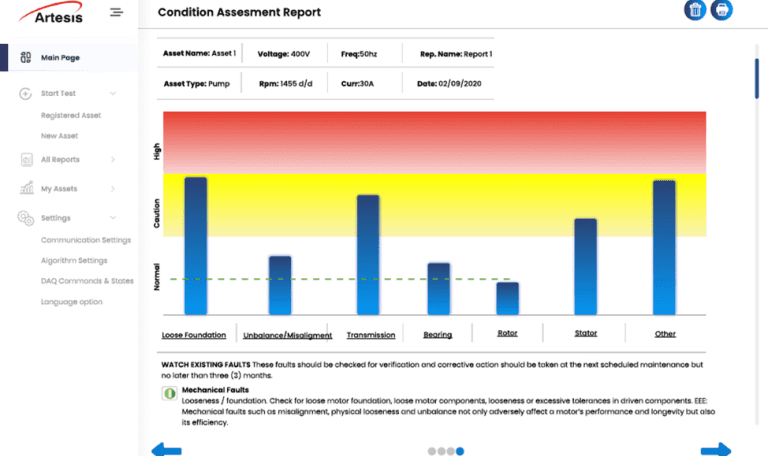
In essence, predictive maintenance is not just about preventing breakdowns; it’s about optimizing the entire production process, ensuring smooth, uninterrupted operations, and ultimately, driving business success. So if you want to make the best of predictive maintenance, the most trusted source is Artesis.
At Artesis, we provide seamless monitoring through straightforward, easily understandable information. Our system employs a “traffic light” style warning system and automatically delivers fault information directly to the human-machine interface (HMI) and via email. Contact us if you want to know more.





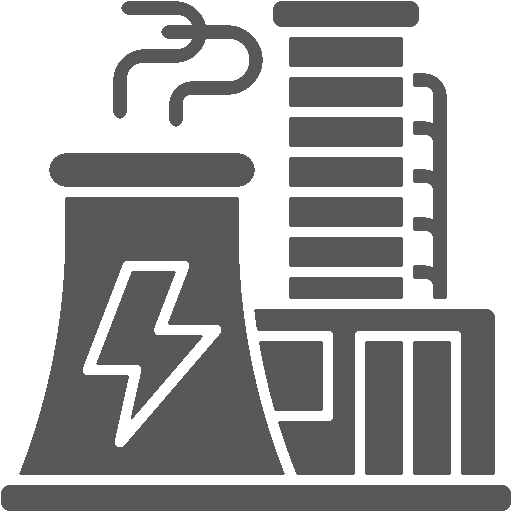
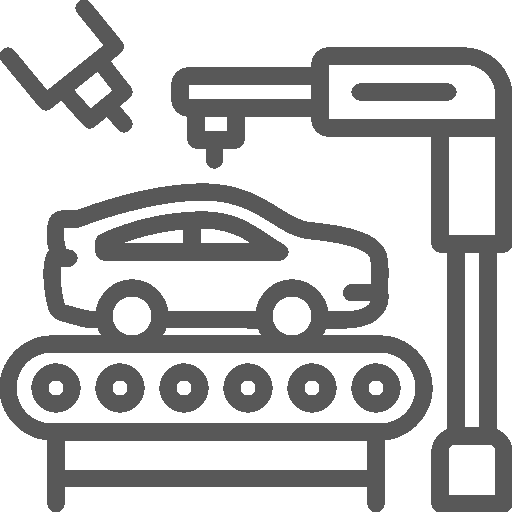
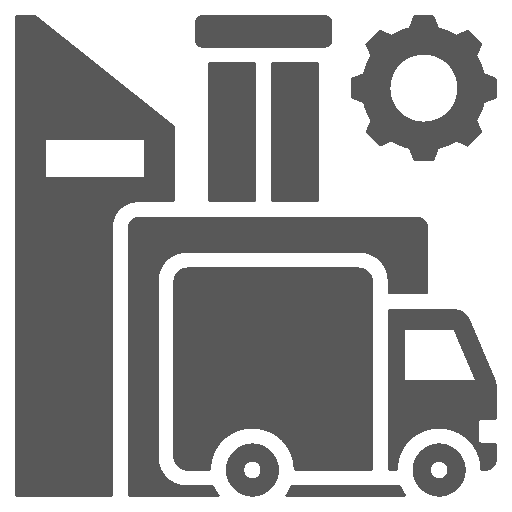

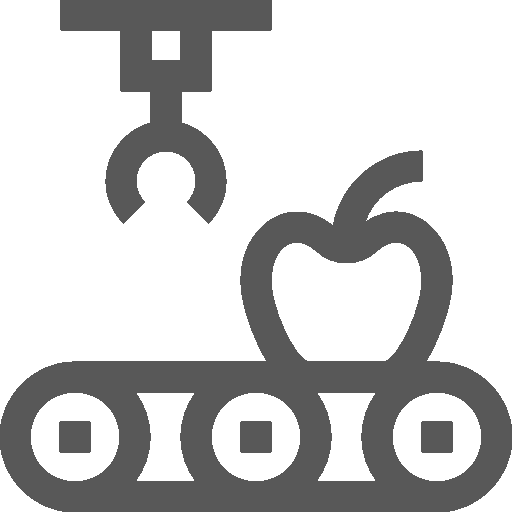
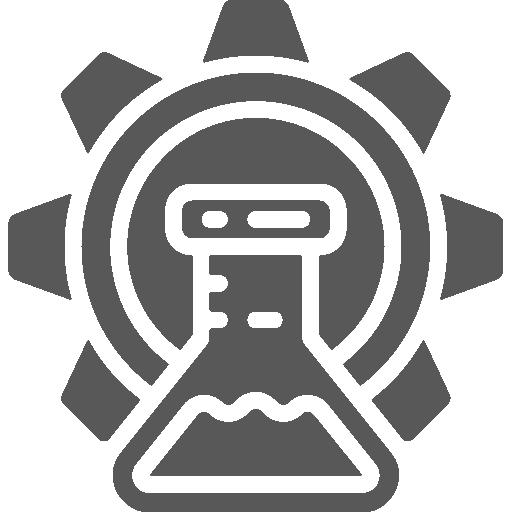
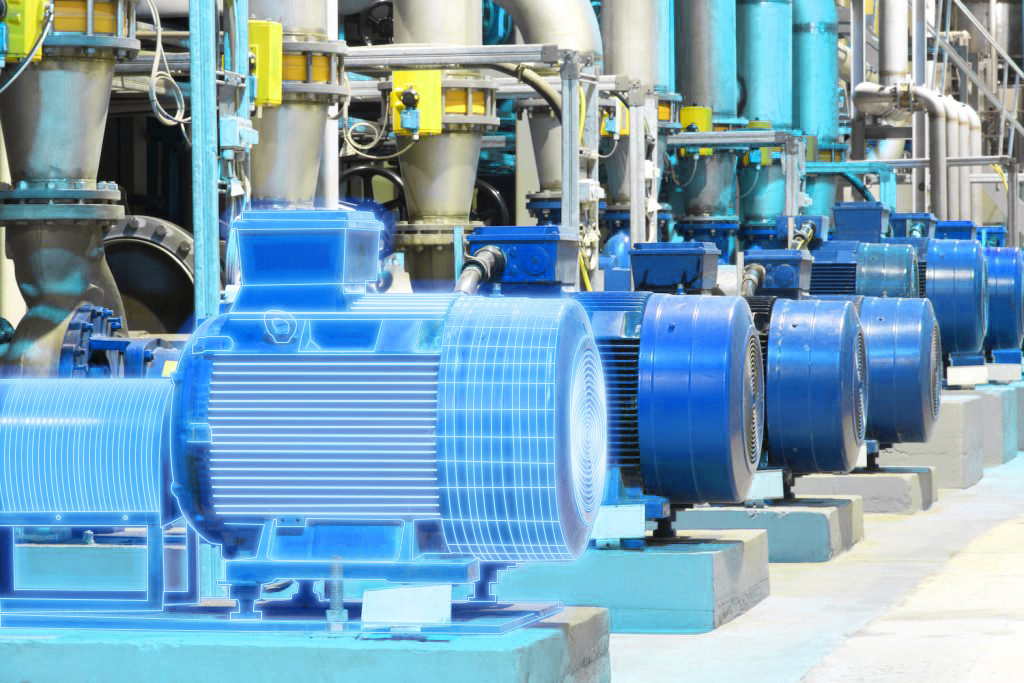
 White Papers
White Papers Case Study
Case Study Documents
Documents Webinars
Webinars Events
Events ROI Calculator
ROI Calculator FAQ
FAQ